Icon: enlarge
Representation of generated blastoids
Photo: Monash University / dpa
Her work is intended to provide insight into early human development and improve techniques for artificial insemination: two international research teams have independently generated human cell clusters in the laboratory that can serve as models for early embryos - so-called blastocysts.
Blastocysts develop naturally five to six days after the egg is fertilized by a sperm.
After a few more days, they nestle in the lining of the uterus.
The researchers have now succeeded in producing these cell clumps without fertilization in the laboratory.
Their so-called blastoids are similar to blastocysts in terms of size and shape, as well as in terms of the number and structure of cells, and in terms of gene activity, the teams write in the journal "Nature".
So far, this has only been successful in mice.
The team around Jose Polo from the Australian Monash University in Clayton created the blastoids, consisting of roughly 200 cells, from reprogrammed connective tissue cells (fibroblasts).
The team therefore speaks of induced blastoids, iBlastoids.
The second group around Jun Wu from the University of Texas at Dallas assumed embryonic stem cells and also reprogrammed adult cells.
Both teams then treated the cells in special 3D dishes with nutrient media that stimulated their development and organization.
The blastoids formed after six to eight days and had a structure similar to blastocysts: an outer cell layer that encloses a cavity with the inner cell mass (ICM) and later forms the placenta.
The inner cell mass creates hypoblast - the precursor of the yolk sac - and epiblast, from which the fetus ultimately develops.
The blastoids also contained the outer cell layer, cavity and inner cell mass, whereby the properties of the respective cell lines were very similar to their natural models.
However, the blastoids contained other cell types that are not found in blastocysts.
Since the blastoids did not arise through fertilization, the zona pellucida, the shell of the egg cell, is also missing.
The team around Polo cultivated the cells up to a maximum of 11 days.
Icon: enlarge
Image of iBlastoids with different cellular staining from the Australian study
Photo: Monash University / dpa
However, the work of the researchers is still subject to some restrictions.
The manufacturing success rates are low and it is still unclear how similar the blastoids to human blastocysts really are.
"I think time will tell," said Nicolas Rivron
from the Institute for Molecular Biotechnology in Vienna to the Science Media Center.
The morphology of the blastoids is fine, but they form very inefficiently and three times slower than embryos, which means that some elements are missing.
Nevertheless, the development opens up new possibilities, says a "Nature" comment: "A precise understanding of early human development is crucial if we are to improve artificial insemination and prevent pregnancy losses and birth defects," emphasize Yi Zheng and Jianping Fu from the university of Michigan in Ann Arbor in it.
So far, this research has depended on the few blastocysts donated to science, which initially arise in the context of artificial insemination and are then not used.
That should change now.
With an improved procedure, the blastoids would become more and more similar to the blastocysts, the commentators write.
"That will inevitably lead to bioethical questions." The main issue here is their legal status and the so-called 14-day rule: It prohibits research on embryos for more than two weeks after fertilization or until the primitive streak has formed - an important step in embryonic development.
In view of the current development, one has to clarify internationally whether this rule also applies to blastoids, writes the team around Polo.
"IBlastoids will allow scientists to study the very first steps in human development and some causes of infertility, congenital diseases and the influence of toxins and viruses on early embryos," Polo is quoted in a statement from his university.
This is now possible independently of human blastocysts and, above all, on an unprecedented scale.
The Münster cell biologist Hans Schöler sees the research of the two groups as a very important step.
However, the benefits of the development are currently still in the area of basic research, according to the director of the Max Planck Institute for Molecular Biomedicine.
This can be used, for example, to study the processes in the early embryo and the self-organization of cells.
In the future, such studies could also help to determine the optimal culture conditions for early embryos before they are implanted in the uterus.
Artificial insemination could benefit from this.
Research in the gray area
Schöler considers it questionable whether such studies would also be possible in this country in view of the Embryo Protection Act.
"That's a gray area at the moment," he says.
"But it would be good if there were a regulation that you can do this in Germany as well." Many scientists would decide against Germany as a location because of the restrictive regulations in this area.
The medical lawyer Jochen Taupitz from the University of Mannheim, however, believes that the creation of such cellular artifacts does not contradict German law.
He advocates allowing in vitro research up to the point in time when the first structures of sensibility begin to develop.
"According to recent findings, this is not the case with embryos that are created through fertilization, as in natural conception, at least up to about 28 days after fertilization." That is why there are international discussions about expanding the 14-day rule that exists in several countries.
Icon: The mirror
joe / dpa


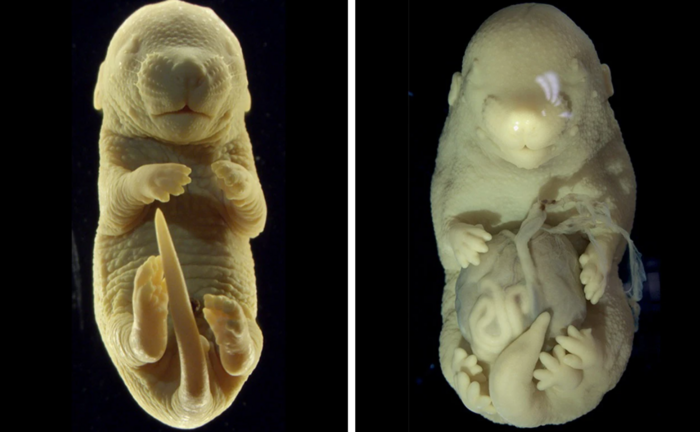

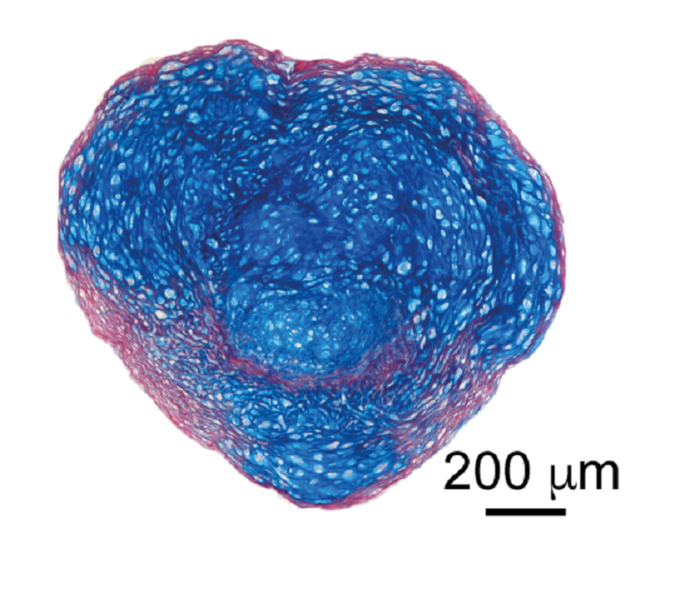
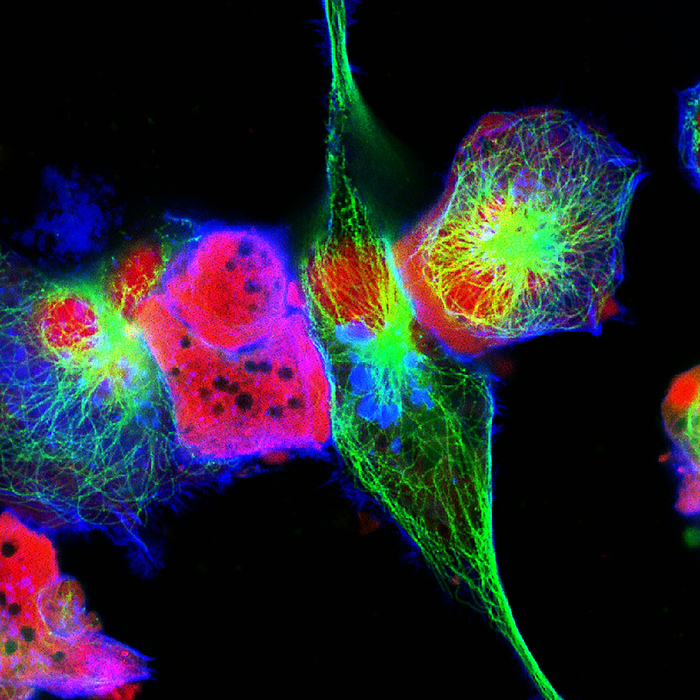
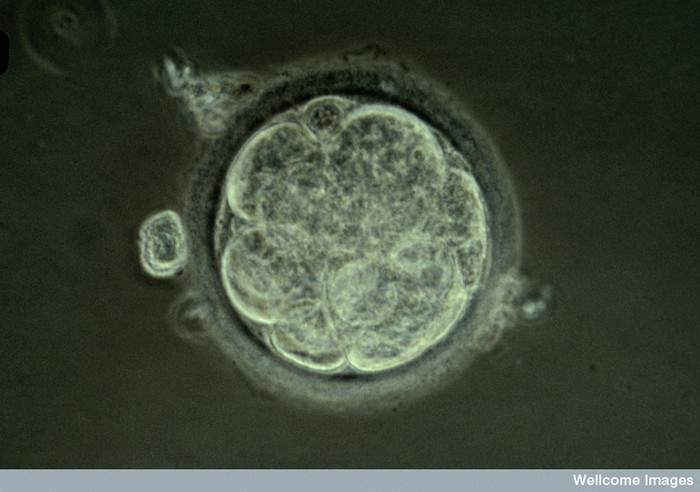
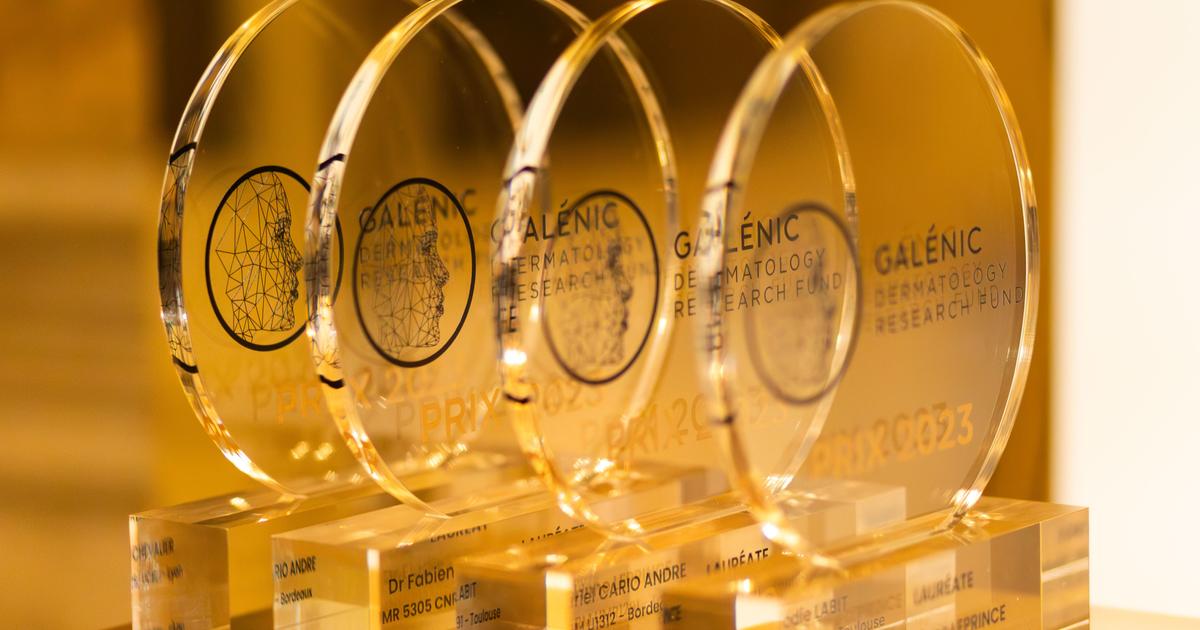

/cloudfront-eu-central-1.images.arcpublishing.com/prisa/QZBKEHFL6RHI5FSPQNNBZGIIUA.jpg)





